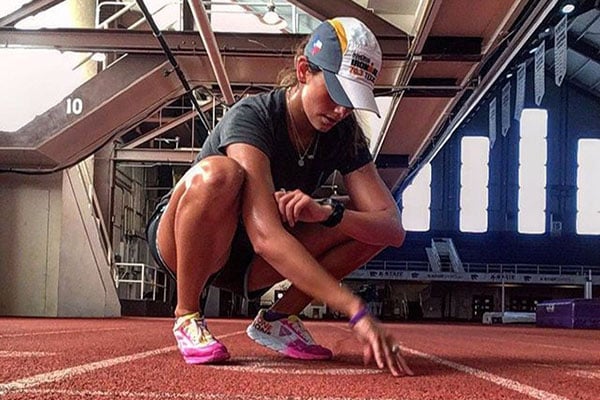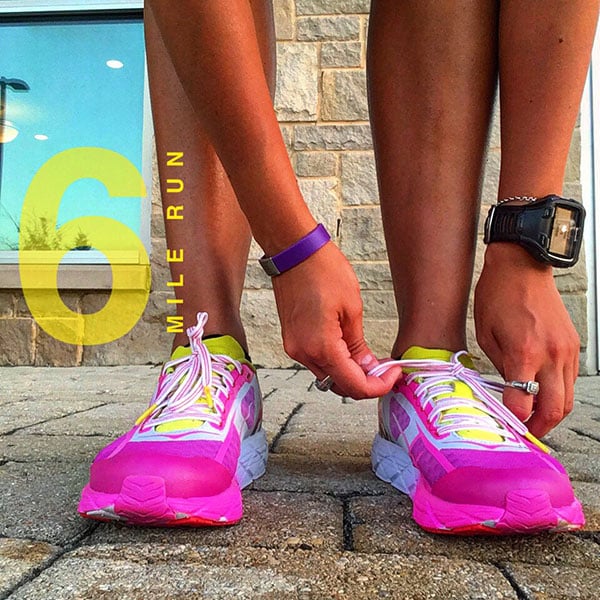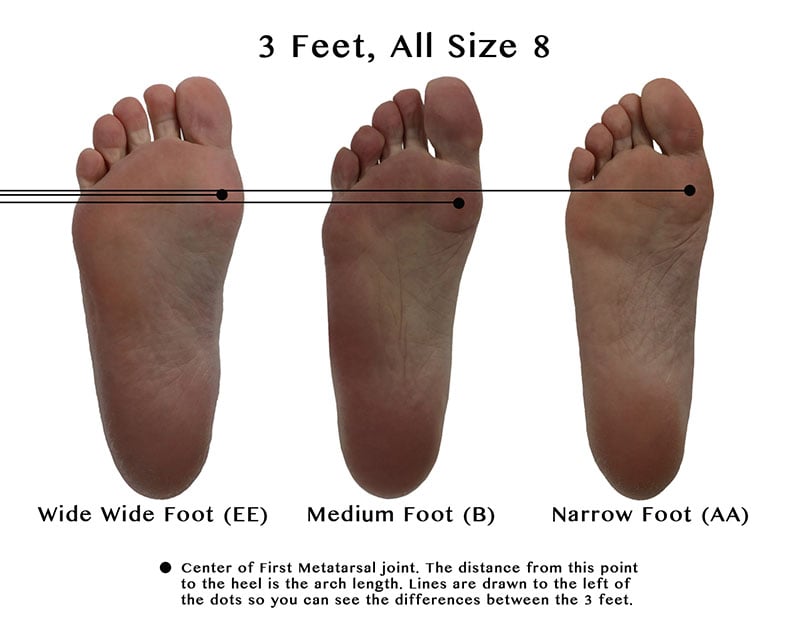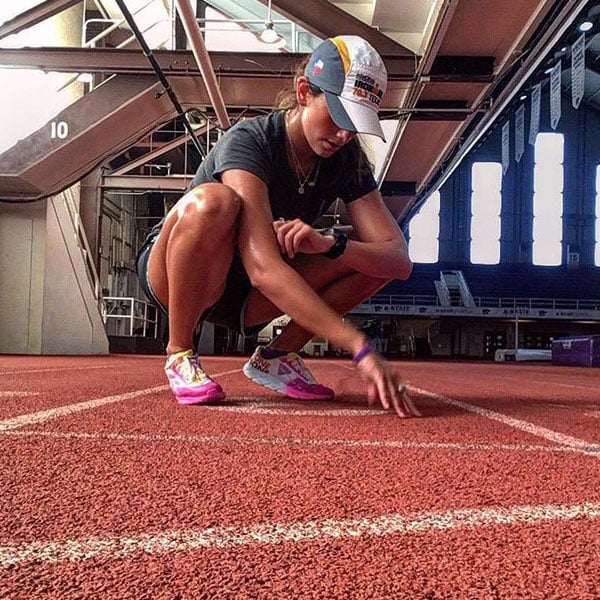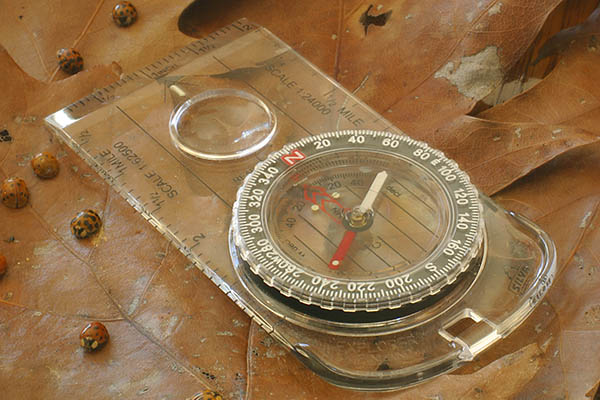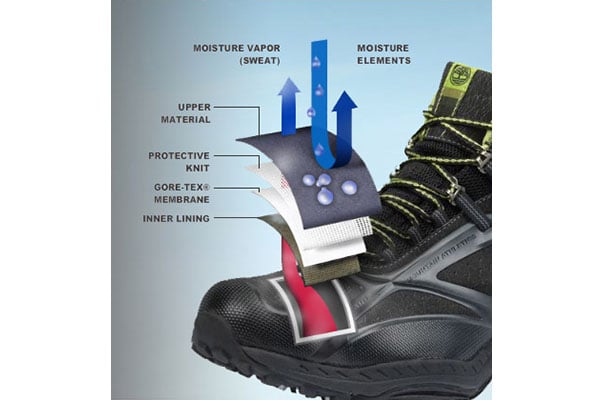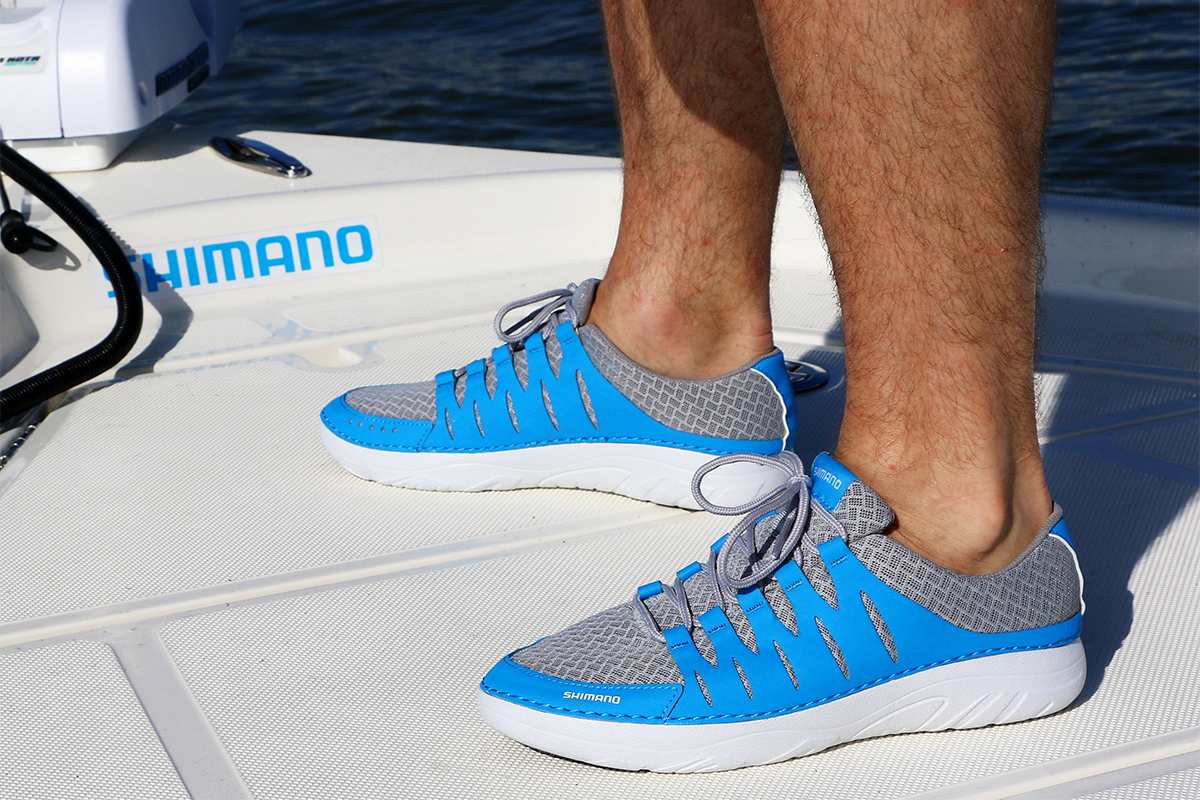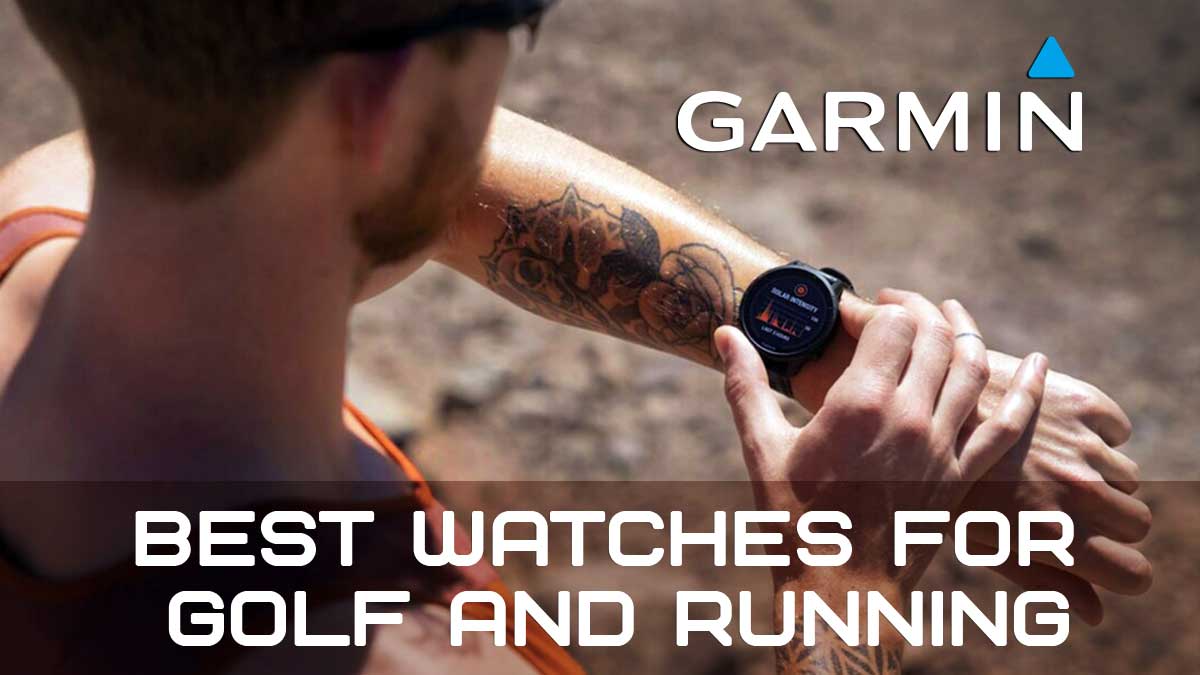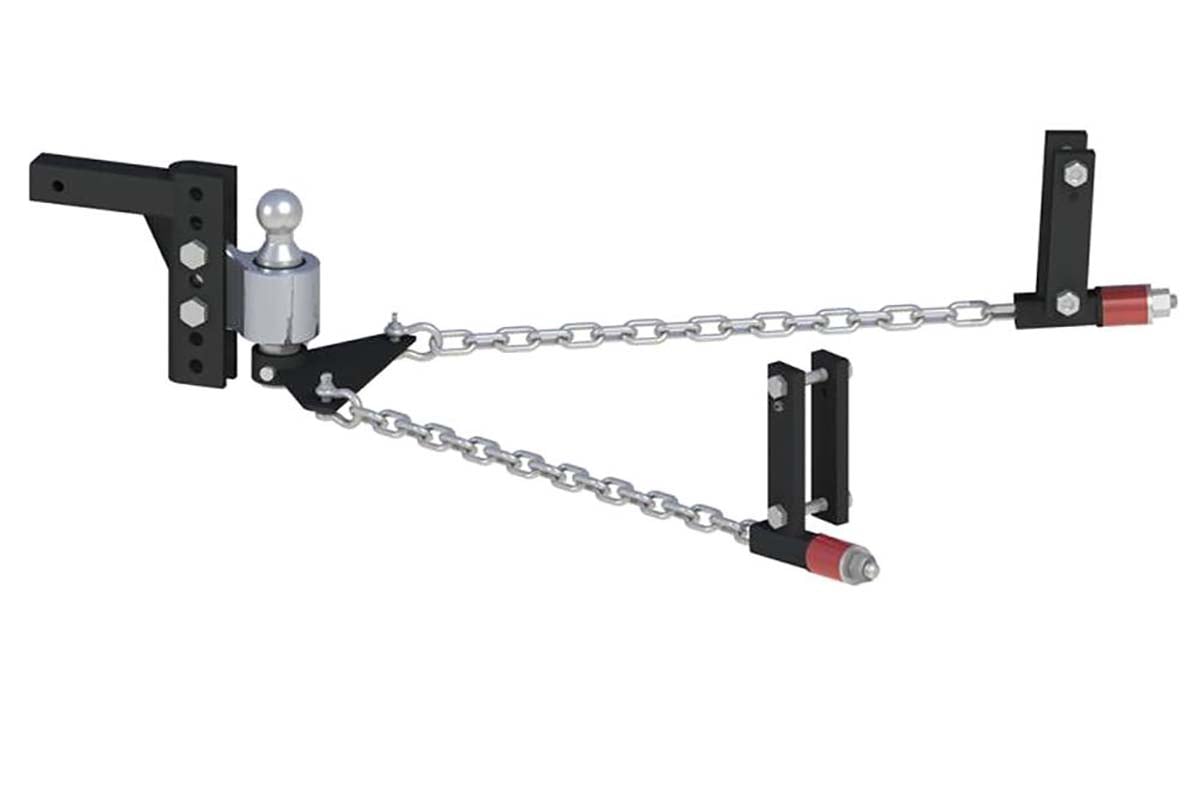Last Updated on
The Innovation of the HOKA Brand.
When you first look at the HOKA Tracers, you get a sense of familiarity in the color scheme such as the Hoka Clayton Shoes, but it’s easy to tell that something is different from any of the other HOKA shoes. When someone mentions the HOKA brand, it is natural to think of a thick-soled, extremely cushioned shoe that is aimed for crazy long distance runners. Generally HOKA shoes are great for those who want to avoid excess impact on their joints and injuries to their feet and up the kinetic chain (knee, hip and so on.) Well the HOKA One One Tracers are what HOKA has always stood for, but these shoes are just a little different and better in their own way. With the Tracers line, HOKA takes another step towards becoming a more diverse shoe company.
Pros
The Tracers lack the height that the other HOKA shoes provide, but they still have the sense of stability that the HOKA brand is known for. The midsole of the Tracers is a PRO2LITE Dual Density midsole, which is the same midsole found in the Clayton shoes. However the Tracers create a softer landing in the heel with a firmer foam in the forefoot, and this allows for more propulsion and higher cadence in the running gait.
All these qualities reduce stress on your metatarsal heads and the balls of your feet, which is a features that most traditional training shoes do not have. These features combined with the rubber placement on the bottom of the shoe are enough to withstand a lot of mileage and durable enough to have a good “feel” of the ground you are running. Better yet, you get this added traction without the shoe weighing you down like a HOKA Clayton or Vanquish would. At around 6.3 oz. for the women’s shoe and 7.90 oz. for the men’s shoe, the Tracers are a small, compact shoe, but they have an amazing amount of cushion and bounce that the HOKA brand is known for. The HOKA One One Tracers are the ideal shoe for those fast runs out on the pavement or even on a track. For the most part, the HOKA line lacks a fast shoe without bulkiness for a track workout, but these shoes can handle short intervals or even repeat 800’s for marathon training.
Cons
Like I covered in the pros sections, the Tracers are compact and do not lose the stability even with the lack of stacking in the shoe (24mm in the heel and 20mm in the forefoot). This is a great aspect of the Tracers, but it can be a drawback for people who have a wide foot type. Although you never want too much movement or sliding of the foot in a shoe while running, you may want to consider going up a size to avoid the discomfort you may have in this shoe’s toe box. The Tracers are offered in a 17mm width for women and an 18mm width for the men’s shoe for the forefoot stack, but you’re only able to order them in a medium to narrow size width.
I have a relatively normal foot width, and in my experience the HOKA One One Tracers make my feet feel tiny and fast without any rubbing or hot spots while like I have experienced in other brands. However, I would definitely be very wary of potentially having those issues if you have a wide foot type. Even so, the look of these shoes are amazing and vibrant. The tongue is the same flexible material that the original Clifton had, which in my opinion takes away from the look of the shoe, but doesn’t effect its functionality.
Conclusion
I had never really found a shoe that I was able to feel fast and weightless in for my speed interval work or track workouts. I love that with the Tracers I can avoid compression of my metatarsal heads even on long mileage runs. This is something unique to the Tracers. The majority of the HOKA line has felt a little bit too bulky for speed workouts. HOKA was able to step it up with the Tracers and provide their best elements of cushion while helping to prevent many of the most common foot injuries. These include plantar fasciitis (inflammation of the plantar fascia, a thin connective tissue sheath that is found on the bottom of the foot), metatarsalgia (inflammation and pain of the metatarsals in the ball of your foot), blisters on the side of your feet or toes, and black or lost toe nails.
Not only does this shoe feel great with a good amount of compression and response while running on different surfaces, it is very durable. Personally, it has endured training for Nationals and the race itself (Olympic distance race 10k run for the last leg), and it has handled several speed workouts for a sprint triathlon afterward. I would highly recommend this shoe as a race shoe or speed shoe only. Extending the life of the shoe by only using it for those distances would be best. Even now 4 months later, they are in great condition and still make me feel fast while training indoors on the treadmill during the start of the cold winter months. I would not recommend the HOKA One One Tracers for a race day longer than 15k (9.3 miles). Not only will you shorten the life of your shoe, anything longer than 10 miles like a half or full marathon or a 70.3 or 140.6 Ironman will need more support than what the Tracers can provide on the sidewalk or track.
In conclusion, the Tracers will not disappoint if fitted to size and used appropriately. Pair the Tracers up with your endurance shoe and you will be invincible. The HOKA One One Tracers will enhance your training and confidence on those hard-fast workouts and make you feel like you are flying.
